How TikTok has captured a generation
It's meme culture made manifest in an ideal medium for it
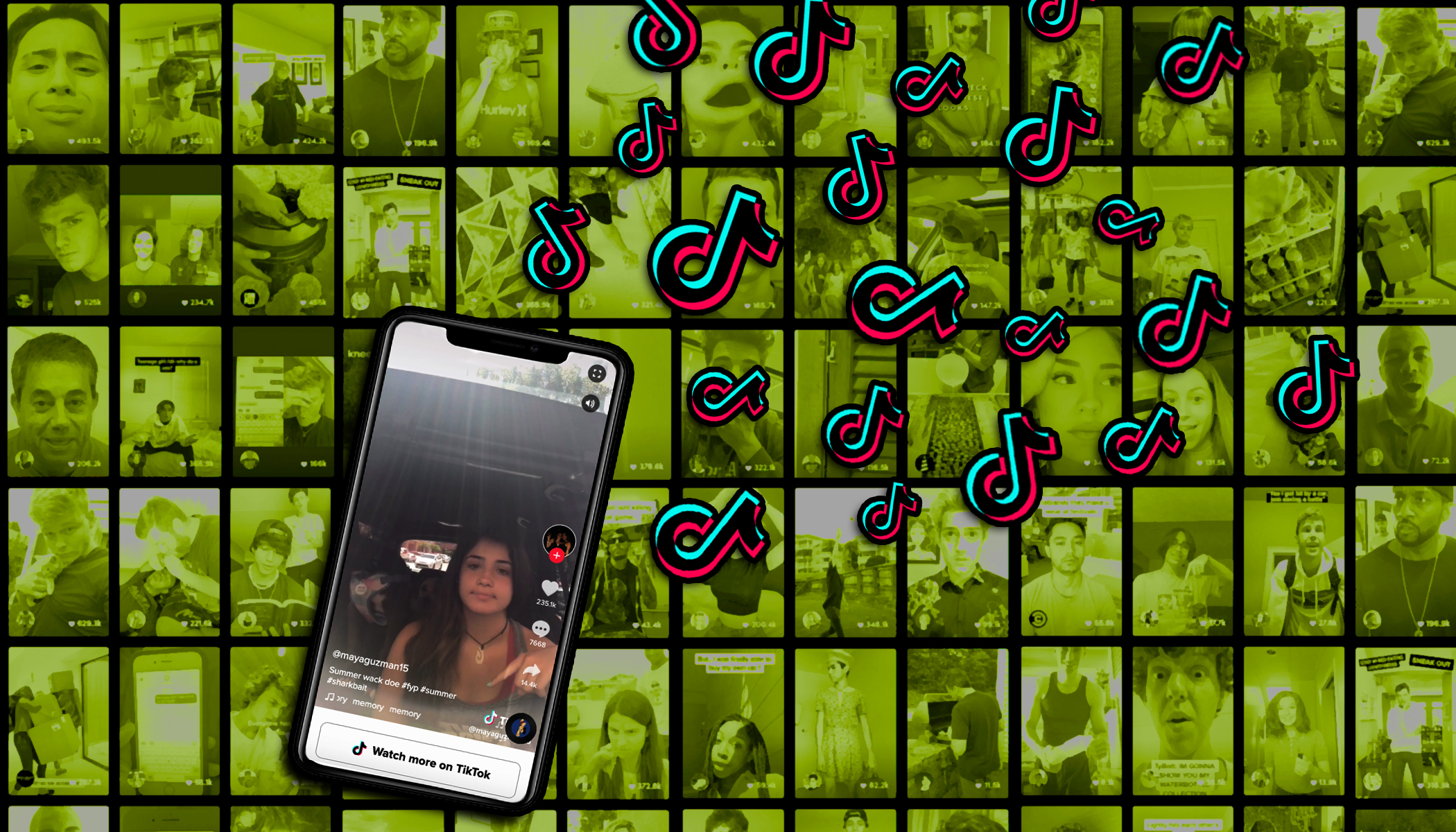

On the surface it doesn't seem like much. It's just another clip from TikTok, the wildly popular app on which users lip sync, pontificate, flirt, dance, and share in short video clips. This one features a young woman pointing to some text on screen which asks a question: does this summer feel really weird to anyone else?
When I posted the clip to my Instagram feed, numerous friends responded with something to the effect of "yes, totally!" One suggested that this was a quintessentially modern feeling — a kind of listlessness or aimlessness endemic to a post-industrial world.
That may be true, but the clip is quintessential TikTok, too: it's too short for YouTube; and just the words alone wouldn't have the same resonance on Twitter or Facebook. It is exactly the sort of poignant or funny video fragment that TikTok is made for, and that its cultural progenitor, Vine, didn't quite lend itself to. And it's how TikTok, in its evocation of a zeitgeist, a feeling, has captured Generation Z — in both its structure and its culture, it reflects the conditions of their lives.
The Week
Escape your echo chamber. Get the facts behind the news, plus analysis from multiple perspectives.

Sign up for The Week's Free Newsletters
From our morning news briefing to a weekly Good News Newsletter, get the best of The Week delivered directly to your inbox.
From our morning news briefing to a weekly Good News Newsletter, get the best of The Week delivered directly to your inbox.
TikTok started out as Chinese app Douyin, an app dedicated to video sharing. Developer ByteDance first released TikTok as a version of Douyin for the non-Chinese market, and then purchased Musical.ly, a lip syncing app, before merging the two apps in 2018.
Media is now full of explainers about the app, but at the heart of the app is the "sound," a recorded snippet of music or dialogue from an array of sources that users lip sync, sometimes just because they like the song, but often to invoke the words to make a point — about everything from dating or gender relations, to politics, or very often, just to make a self-deprecating joke.
Sounds proliferate across the app, getting remixed. The song "Wait a Minute!" by Willow has been spliced by TikTokkers, who play on a variety of its lyrics, from punning on the title to randomly dancing to the line "but I'm here right now." Similarly, the 1970s Redbone classic "Come and Get Your Love" was used for a variety of jokes until a user cut a line to turn it into a statement of surprise. Those in turn were transmuted into absurd, often risqué jokes — like, say, a passenger on the Titanic waking up to fish, or much more darkly, a concentration camp guard being shocked at a prisoner coming out of a shower.
The concentration camp example is undoubtedly in poor taste, but that line-skirting remixing has emerged out of the way the app relies on iterability: the way a unit of meaning like a line from a song can be reproduced and recontextualized to a dizzying number of purposes. It's meme culture made manifest in an ideal medium for it.
A free daily email with the biggest news stories of the day – and the best features from TheWeek.com
In some ways, it's just funny. But the constant remixing also points to the way in which performance is another key part of the app. Users play out different identities and ideas. In particular, self-deprecation looms large on the app, often in sharp, profane terms like "I'm a dumb b****," and it stands in stark contrast to the shameless self-promotion of Instagram or Twitter. As just one example, the line "I just took a DNA test and turns out" from Lizzo's "Truth hurts" gets switched up to celebrate a user's ethnic identity, but then also mixed with an old Vine that switches to the sing-song "I'm still a piece of garbage."
It can seem a bit sad, until you remember that this sort of self putdown is a way for the young to work through their insecurities. And it's true that, like anything in the world, and especially online, TikTok is full of all the usual problems: misogyny, racism, harassment, and of course, creepy middle-aged men leaving comments on the posts of 17-year-olds.
But there is reason for optimism, too. Queer identities are frequently celebrated on the app, gender bending is far more accepted than it might be elsewhere, and the creativity on display is often mind-blowing.
That the young gravitate toward this app in particular, though, makes sense. The short video format has a low barrier to entry. Unilke YouTube, users can cultivate a following without much financial or cultural capital (teens' rooms figure prominently), and the app's reliance on an algorithm for its central "for you" page means it's possible to go viral without lots of followers.
Beyond the practical, though, there is something in the structure of the app that feels very of its time — perhaps as Tumblr did in the late 2000s, or the way in which Twitter encapsulates our current political moment. TikTok's syntax of memes and remixing, its performativity and playfulness, and its surprising rejection of a strict self-promotion or positivity seems appropriate somehow. For a generation not simply raised on the internet, but also facing the specters of climate change, economic inequality, and the rise of nativist populism, the app, if not quite a place to play out the end of the world, seems like a place for the feelings that arise from the sense that we're living through something strange and new.
Yet, despite its fan base and creative vitality, TikTok faces the same problem Vine faced before it: how does it become a sustainable business? It already serves ads, but given Facebook and Google's dominance of that market, it's not clear that TikTok can carve out its own niche, especially without alienating the users who make it great. It's a difficult challenge, with an uncertain outcome.
I bet there's a TikTok that perfectly captures the feeling.
Navneet Alang is a technology and culture writer based out of Toronto. His work has appeared in The Atlantic, New Republic, Globe and Mail, and Hazlitt.
-
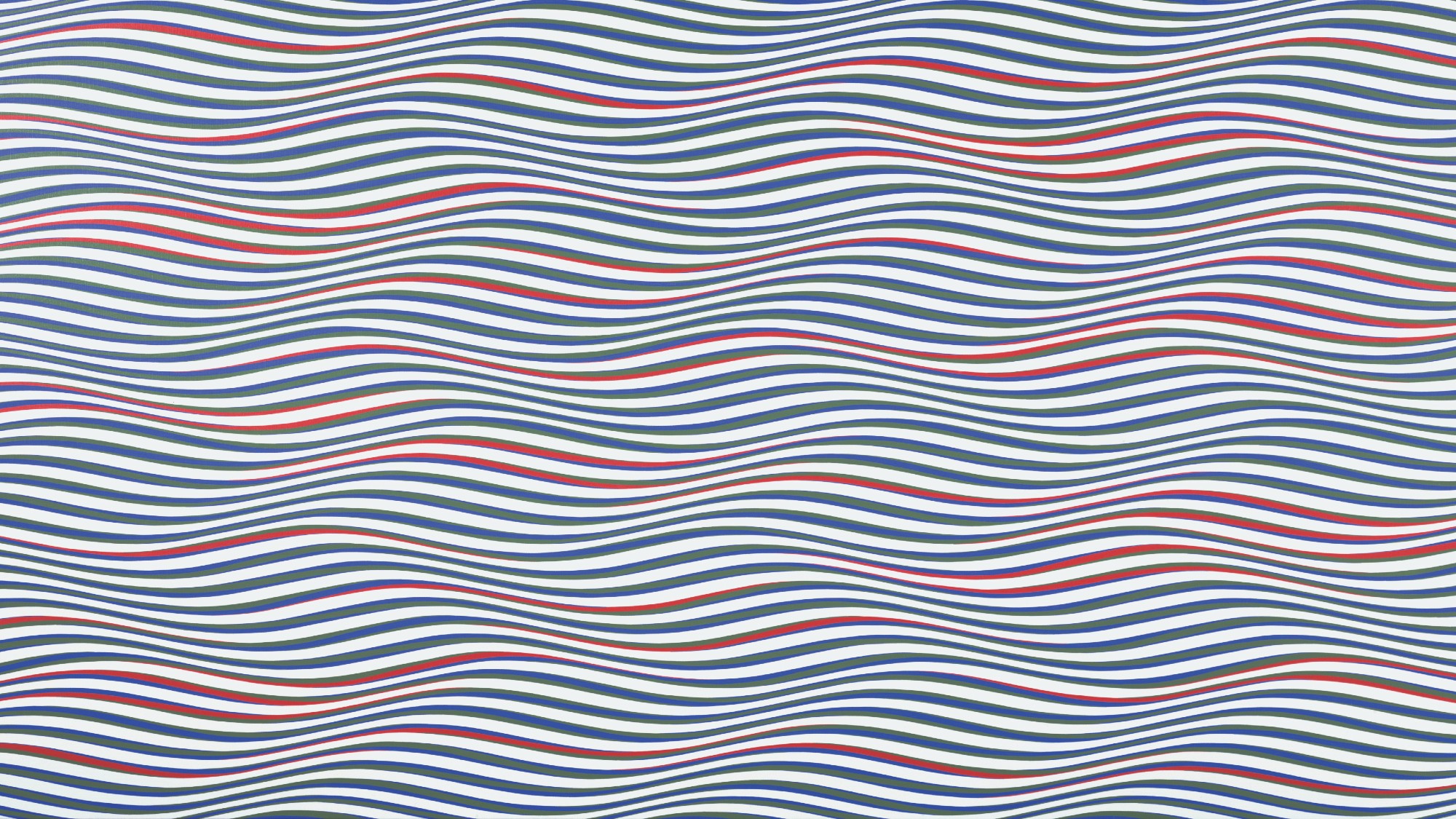 Bridget Riley: Learning to See – an ‘invigorating and magical ensemble’
Bridget Riley: Learning to See – an ‘invigorating and magical ensemble’The Week Recommends The English artist’s striking paintings turn ‘concentration into reverie’
-
 ‘Stakeknife’: MI5’s man inside the IRA
‘Stakeknife’: MI5’s man inside the IRAThe Explainer Freddie Scappaticci, implicated in 14 murders and 15 abductions during the Troubles, ‘probably cost more lives than he saved’, investigation claims
-
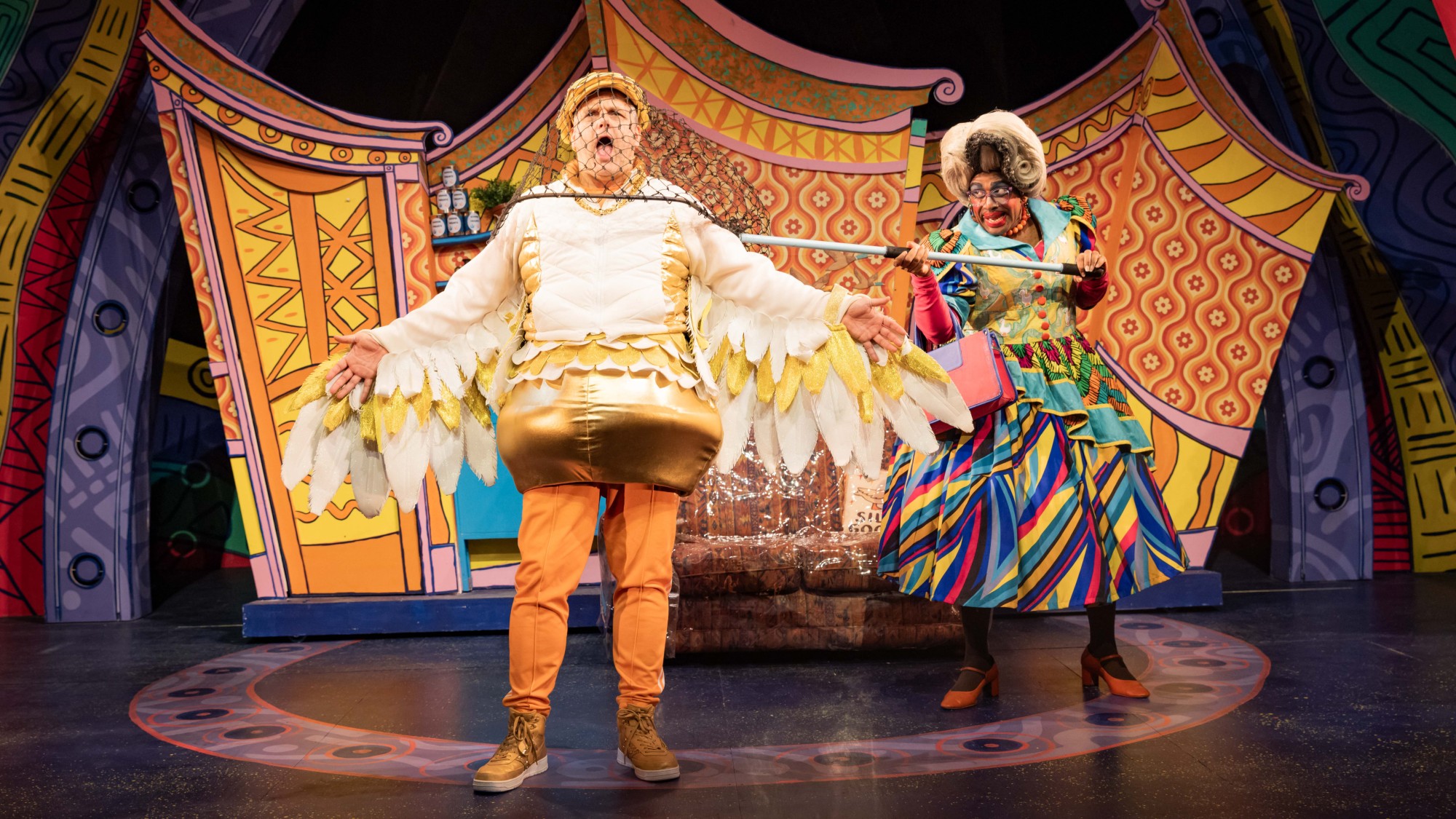 The UK’s best Christmas pantos
The UK’s best Christmas pantosThe Week Recommends Dive into the festive cheer, even into the new year, with some traditional favourites and modern twists
-
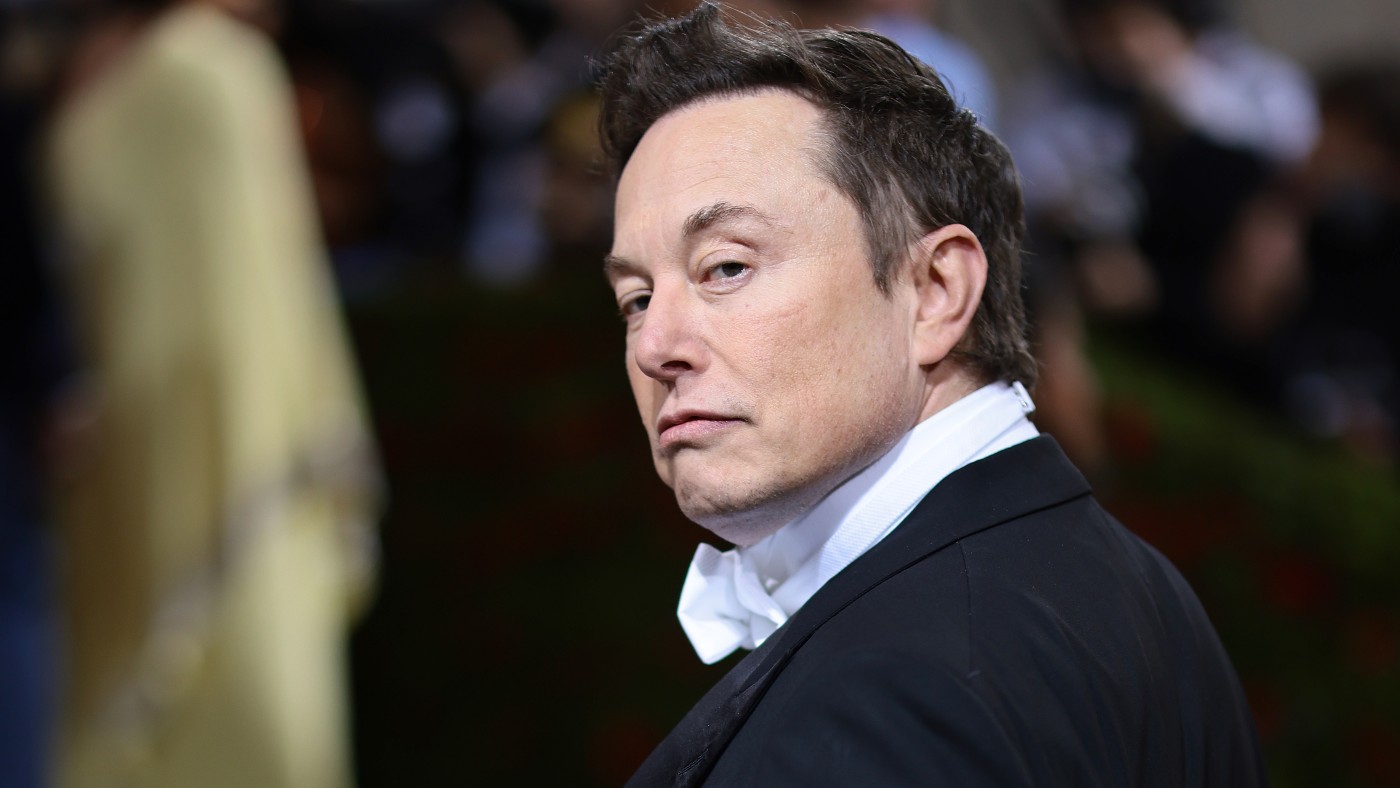 Walter Isaacson's 'Elon Musk' can 'scarcely contain its subject'
Walter Isaacson's 'Elon Musk' can 'scarcely contain its subject'The latest biography on the elusive tech mogul is causing a stir among critics
-
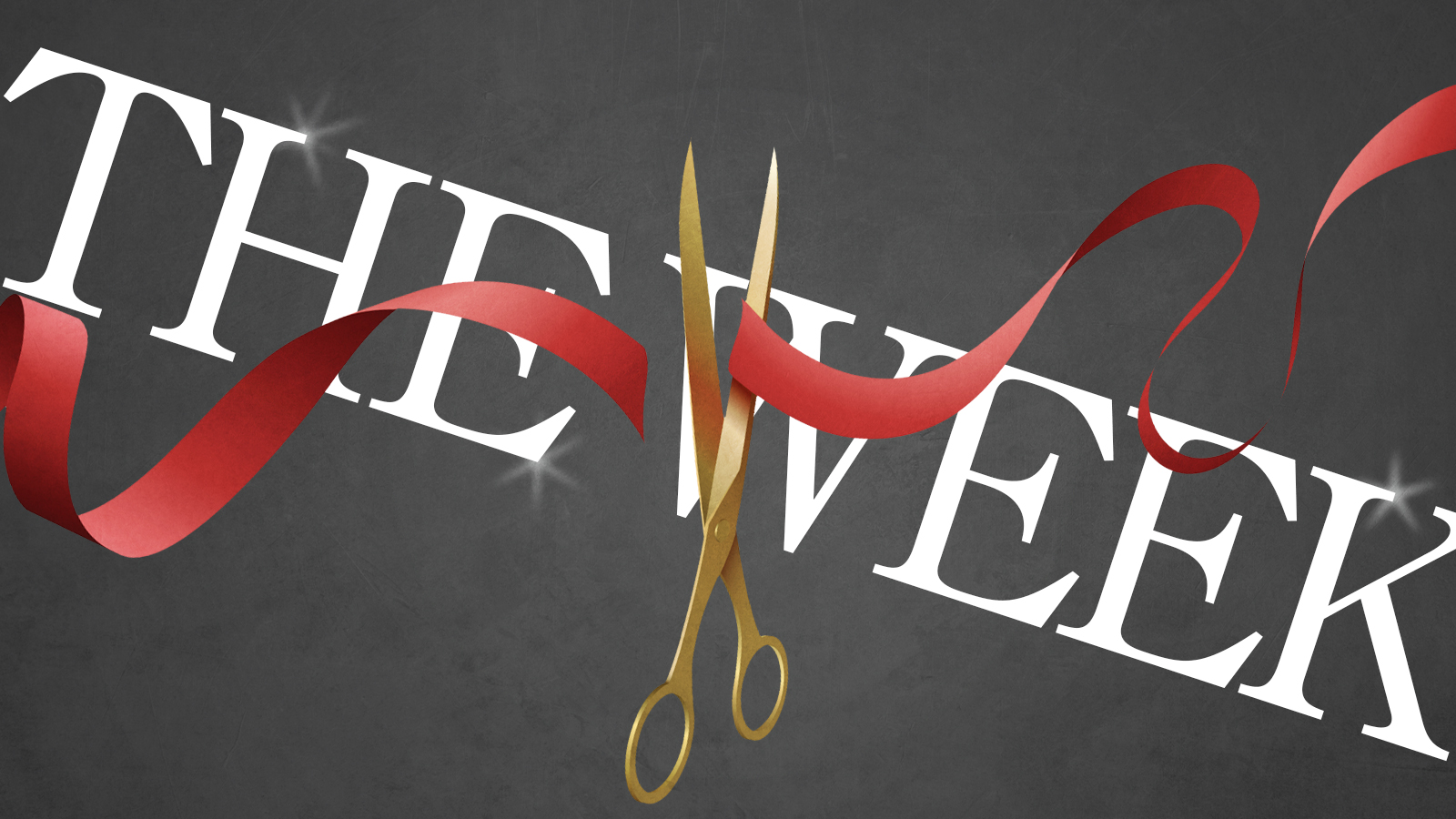 Welcome to the new TheWeek.com!
Welcome to the new TheWeek.com!The Explainer Please allow us to reintroduce ourselves
-
 The Oscars finale was a heartless disaster
The Oscars finale was a heartless disasterThe Explainer A calculated attempt at emotional manipulation goes very wrong
-
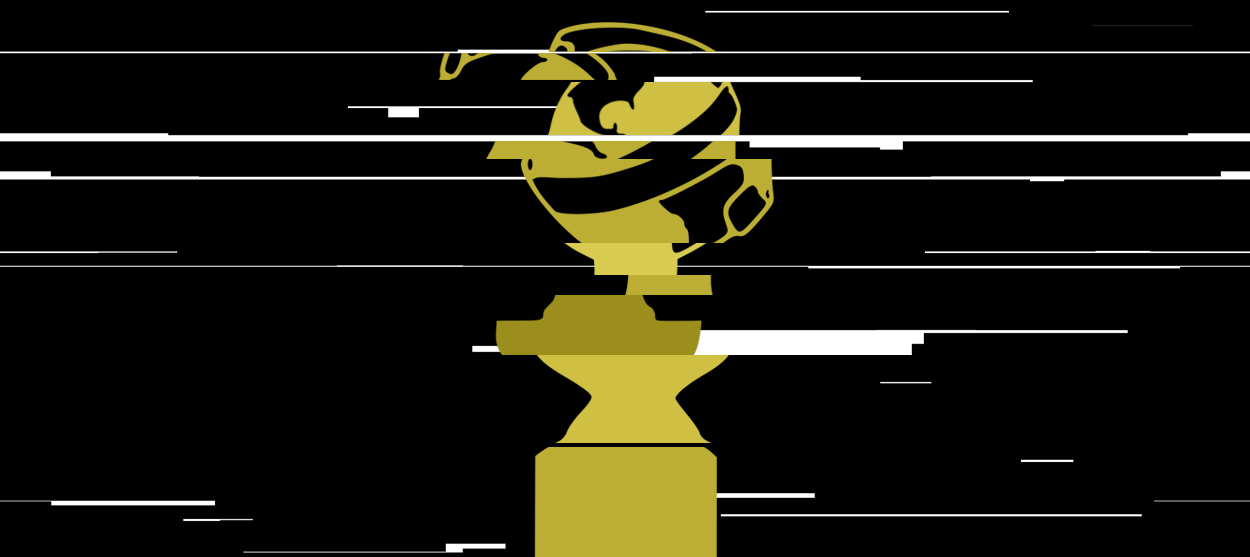 Most awkward awards show ever?
Most awkward awards show ever?The Explainer The best, worst, and most shocking moments from a chaotic Golden Globes
-
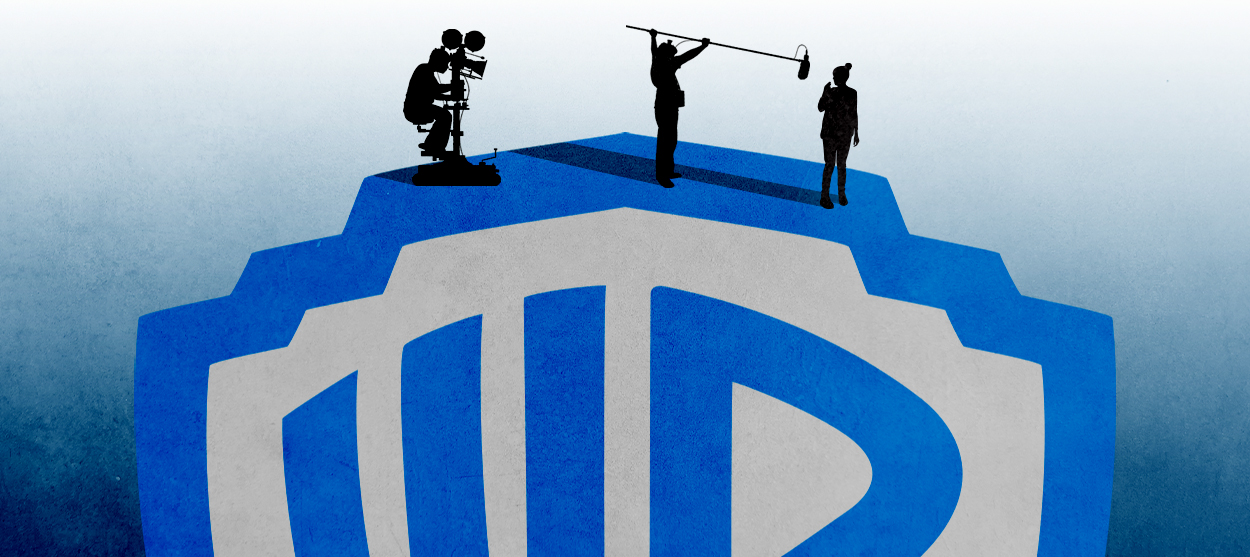 The possible silver lining to the Warner Bros. deal
The possible silver lining to the Warner Bros. dealThe Explainer Could what's terrible for theaters be good for creators?
-
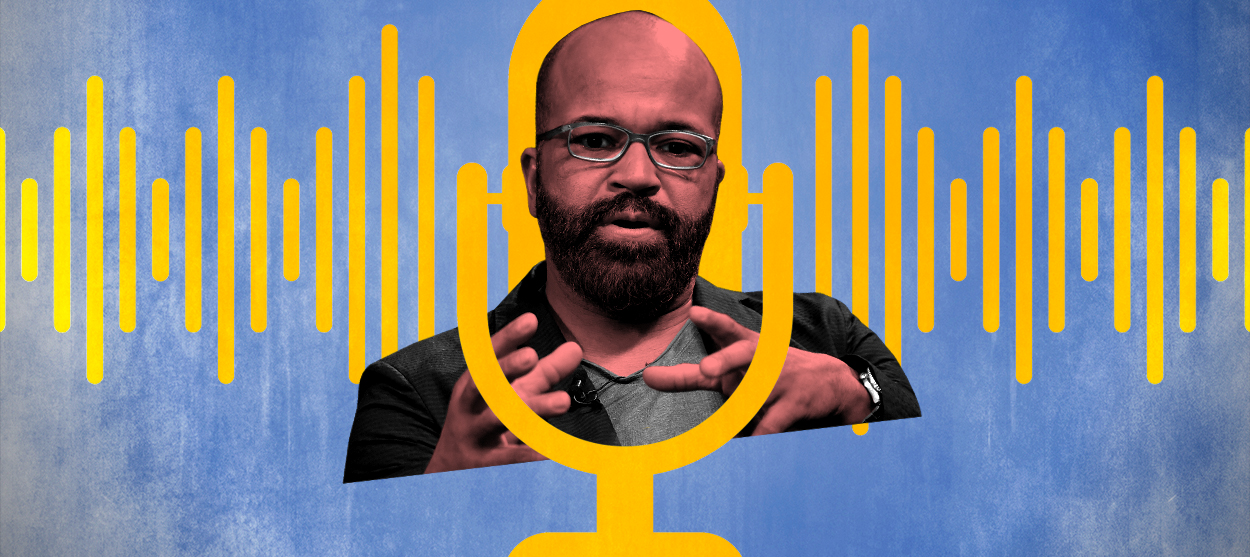 Jeffrey Wright is the new 'narrator voice'
Jeffrey Wright is the new 'narrator voice'The Explainer Move over, Sam Elliott and Morgan Freeman
-
 This week's literary events are the biggest award shows of 2020
This week's literary events are the biggest award shows of 2020feature So long, Oscar. Hello, Booker.
-
 What She Dies Tomorrow can teach us about our unshakable obsession with mortality
What She Dies Tomorrow can teach us about our unshakable obsession with mortalityThe Explainer This film isn't about the pandemic. But it can help viewers confront their fears about death.


